Looking back on the Rio Olympics
Published on August 11th, 2020
Four years ago, Scuttlebutt editor Craig Leweck was in Brazil to report on the Rio 2016 Olympics. With the Tokyo 2020 Games postponed until 2021, we keep that Olympic Flame alive through Leweck’s observations from the Carioca nation… here was his seventh report:
Rio de Janeiro, Brazil (August 12, 2016) – Nino Shmueli (ISR) is the Principal Race Officer for the Sailing events at the 2016 Olympic Games. With ten events competing amid Rio de Janeiro’s fickle winter winds, it takes careful coordination to keep the competition on schedule.
There are seven circular race areas – four within Guanabara Bay and three outside the Bay. Keeping the racers inside their assigned circle is the goal.
“Many of the race areas are positioned close to each other, but remember that the size of the circle does not necessarily mean that will be the size of the race course,” notes Shmueli. “We choose our leg lengths based on the published target times for each class, so in lighter winds the legs will be shorter.”
The list of 12 course options includes a trapezoid configuration which fills much more of the race area than the windward-leeward courses. The trapezoid includes two reaches to separate the competition when two fleets are raced on the same race area – like the 470 Men and Women.
“The trapezoid is more challenging for us as the laylines stretch out much further, but we still need to keep all the boats inside the race circles,” explained Shmueli. “That is why some of the race circles are up to 1.5 nm diameter while others can be .8 nm.”
To fit all these race areas in and around Guanabara Bay, shipping traffic was halted between 11:00am and 6:00pm. “The Navy and commercial ships all agreed on this,” said Shmueli. “The only traffic we have is the ferries that cut across the Bay between Rio and Niteroi. To accommodate the ferries, a corridor is maintained between two of the areas inside the Bay (Ponte and Aeroporto). Marks are positioned to define the corridor to assist the ferry traffic.”
Along with coordinating water traffic on the Bay, Shmueli said it was necessary to limit plane traffic at the Santos Dumont Airport located alongside the Bay. “The plane traffic was going to interfere with the helicopters needed for television broadcast so the airport halts plane activity between 12:00pm and 6:00pm during the Games.”
The ten fleets rotate among the race areas, which is important because two of the areas (Pao de Acucar and Escola Naval) are used for live television, and one of those two areas is along Flamengo Beach for the Medal Races. “It is a priority every day to have racing in these two course areas,” said Shmueli. “We want all the classes to get on the live broadcast, but we also want to give all the sailors experience on the area to be used for the Medal Races.
The races areas were assigned to the classes well in advance, with a maximum of five race areas being used at once during the peak of the regatta. But plans change, as they did when the winds and waves became too strong in the ocean.
“We can be flexible to change the plan if needed if the conditions – either too much or too little – require it,” explained Shmueli. “What helps us make decisions is in how we have developed a system for very accurate weather forecasts from each of the race areas.”
A weather service gives Shmueli hourly updates from 8:00am to 8:00pm which provides valuable information about the wind and sea state. “We also have buoys on the Bay that give us real-time information online,” shared Shmueli. “Lastly, members of our team will go to the race areas in advance to confirm the information. This helps us make our decisions. “
Through all the training in preparation for the Olympic Games, Shmueli’s team has learned which of the course areas may have trouble in certain wind directions.
“The Pao de Acucar course alongside Sugarloaf Mountain is a challenge when the wind comes from 220-230 degrees,” explained Shmueli. “It becomes a very flukey area as the wind needs to bend around the mountain and can be coming to the sailors from both sides of the mountain. The winds are generally more stable on the ocean circles, but on the inside circles in certain wind directions, the winds can be quite shifty.”
Each race area is unique, as the sea state, wind and current varies widely among the seven locations. Tackling these differences, and being ready for changes to the schedule, are the keys to success at the 2016 Olympic Games.
Event details – Results – Photos
Racing was staggered among the 10 events from August 8 to 19.


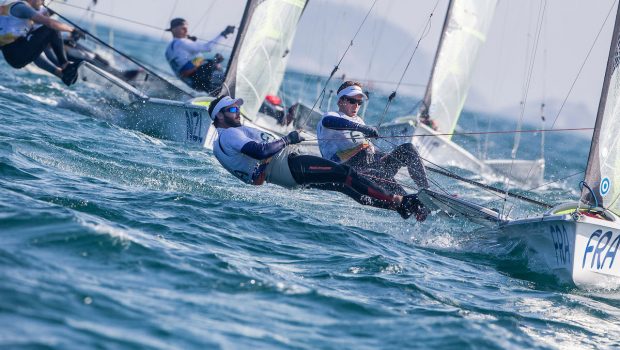

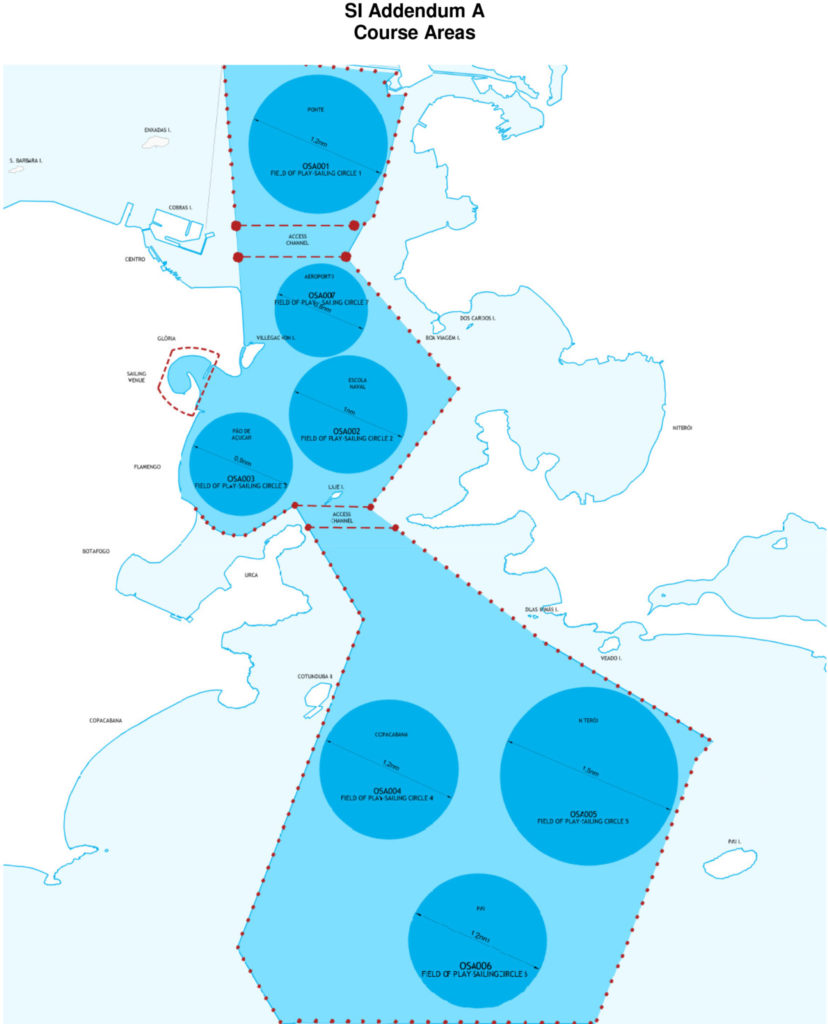

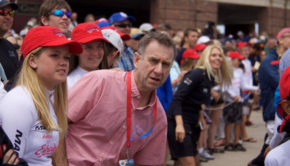
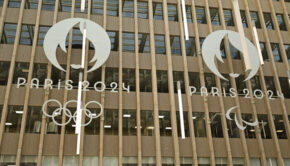
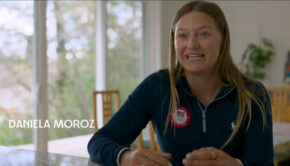
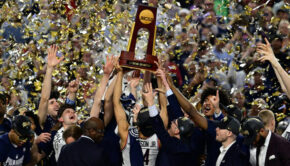
 We’ll keep your information safe.
We’ll keep your information safe.